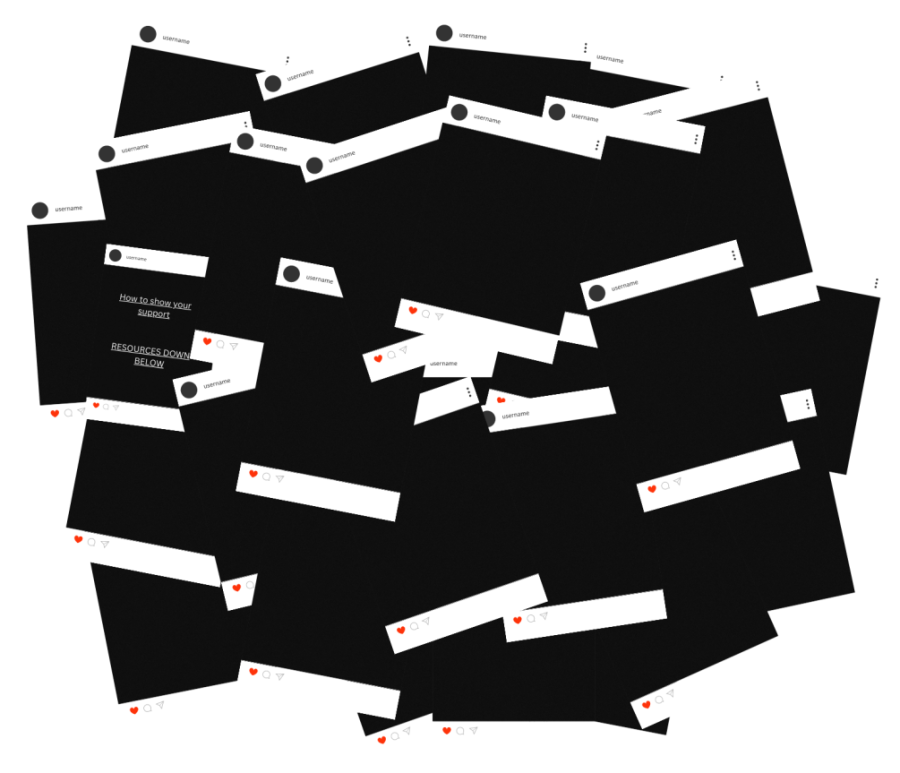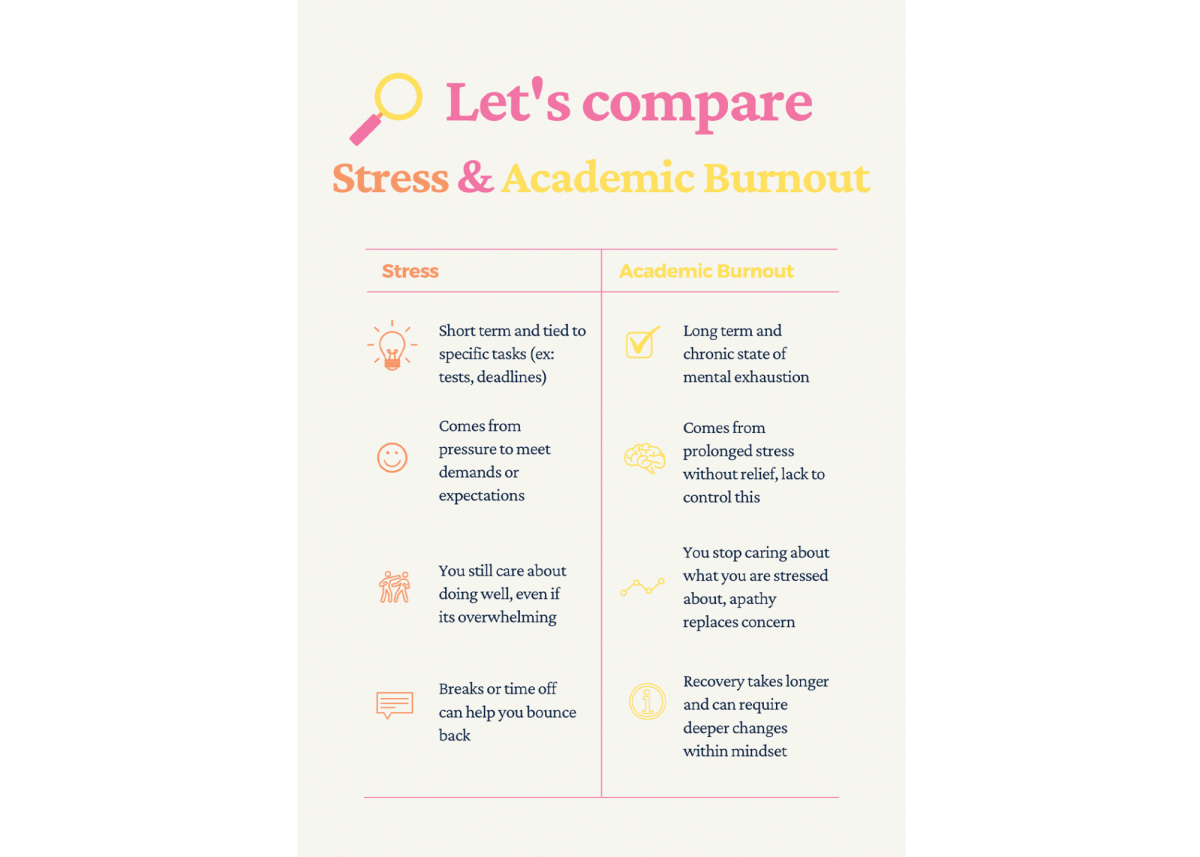Activism Beyond the Screen
Taking action needs to be more than resharing a post
January 26, 2023
A teenager opens their phone to Instagram. They click through story after story calling for action. There is a seemingly endless pile of Instagram stories reposting one post, urging them to “read this!!!” and countless messages calling out injustices. Some posts shame those who don’t show support on their story and try to guilt them into participating in the mass reposting.
With a sigh, the teenager finishes tapping through the Instagram stories. It is a common occurrence: some people find a post about a problem in society and make it viral. On paper, it doesn’t sound like a bad idea; it brings awareness to the issue and can reach a large audience quickly. If the goal is simply to raise awareness, then this works perfectly. But is this method effective for issues that require action and change? Unfortunately, no. Most people will have moved on by the following week. These people who repost just to jump on the trend of supporting the cause bury the handful of people who are really looking to initiate change. This empty activism ruins the chance for a meaningful, worthwhile, change to take place.
For example, on Tuesday June 2nd, 2020 during the Black Lives Matter movement millions of posts were made under the hashtag: #blackouttuesday. They were made to show solidarity against police brutality, though it would be difficult for a new user to find that out. A vast majority of these posts contained nothing more than a black square and the hashtag. If one wanted to learn more about the meaning behind these posts by searching the #blackouttuesday, they would have to scroll through countless contextless posts just to find a post with information about the movement. While the idea of expressing unity seemed well-intentioned, the millions of posts containing nothing more than black squares, no other sign of support or information, only buried the posts that contained useful information about the movement. Merely posting a black square and doing nothing else is performative activism; claiming to support a cause but doing nothing to educate oneself or others. Being an activist isn’t as easy or simple as posting a black square and a hashtag.
Performative activism is activism that is often done to better one’s reputation rather than being done because one is devoted to the cause. Performative allyship is similar; it is claiming the title of being an ally without actually making an effort to be an effective ally. Performative allyship is where those with privilege claim to support a marginalized group. Oftentimes it is not disingenuous or is only said to protect themselves from scrutiny. Both performative activism and performative allyship serve to amplify one’s own voice and are based on self-gratification, meaning the performative measures taken “in support of the cause” allow the person to congratulate themself for participating. Check and done. Effective activism or allyship requires more than just slapping a bumper sticker on a car or posting on an Instagram story. It requires constant self-reflection, self-education, and potentially uncomfortable conversations.
Jezz Garza, a sophomore at LSE, has witnessed performative allyship firsthand.
“I have members of my family who will say, on social media, that they support trans rights and stuff like that, [but] they won’t use my preferred name at family events. So that feels very performative,” Garza said. “They’ll post stuff [on Instagram] like, ‘oh here’s an informative thing about trans rights and why I support trans people’ … but when I actually go and see them, that doesn’t happen at all.”
People can avoid performative activism and performative allyship by proving, through their actions, that they are looking for social change.
“Real allies do more than post a black square; real allies go to protests, or read, or have uncomfortable conversations about race. They demonstrate patterns of actively working towards social change. Their actions are motivated by uplifting someone else, rather than seeking to be seen as part of a movement,” Ann Fosberg, Juris Doctor from Penn State Law, wrote in an article about effective and ineffective allyship.
Posting on social media can be a good way to bring awareness but effective activism and allyship go beyond what you say online.









